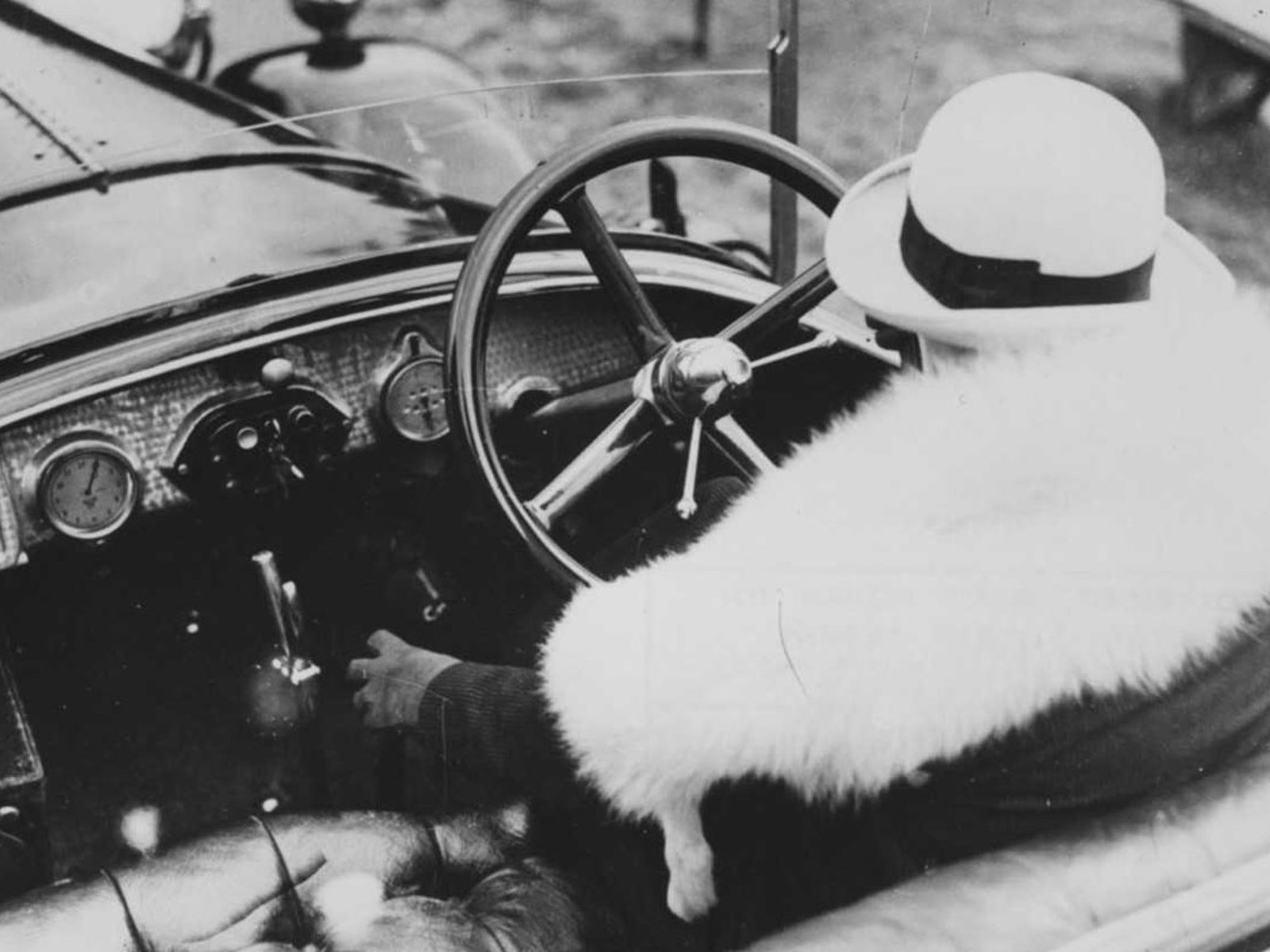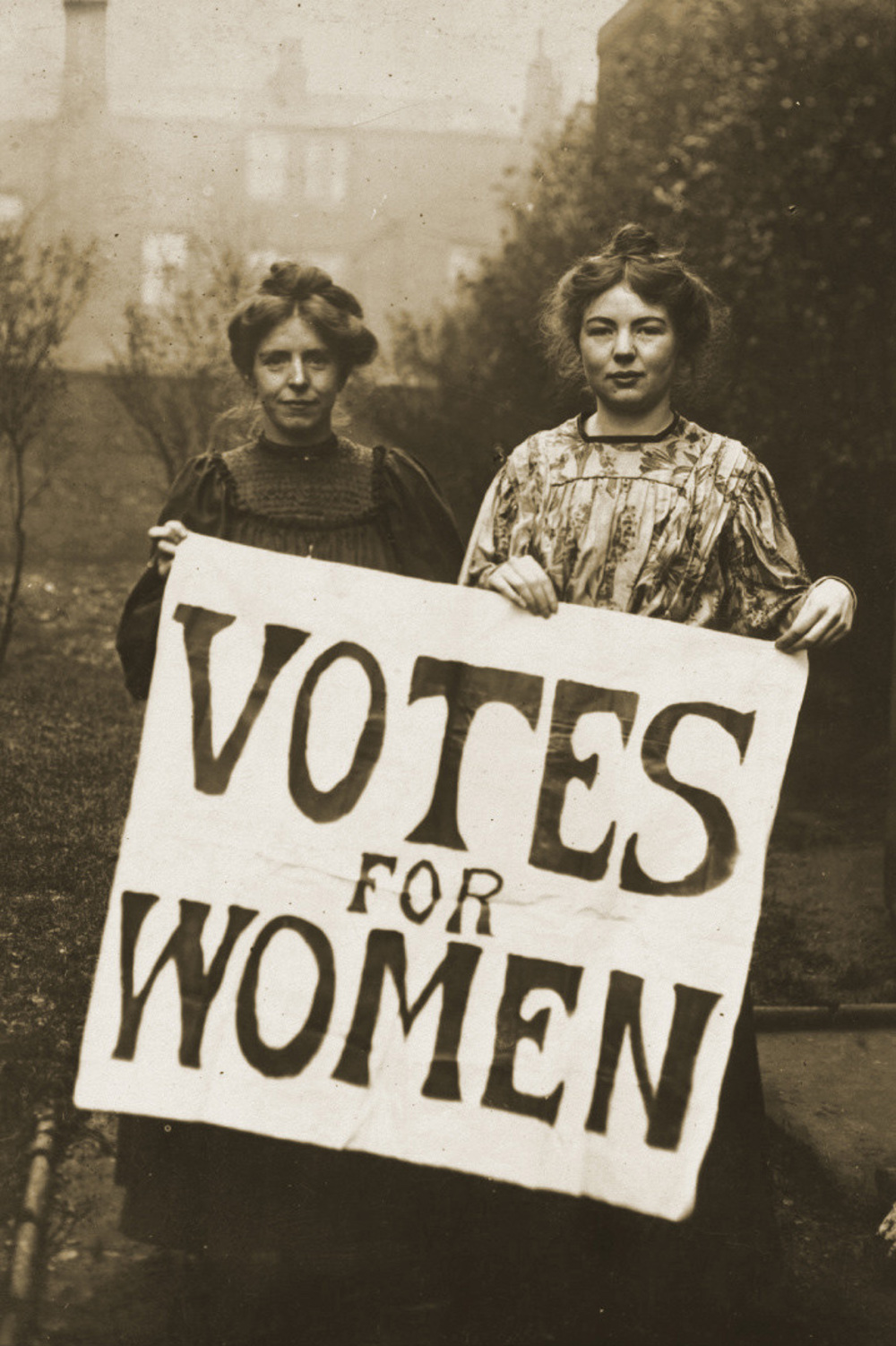
Introduction
2018 marks an important anniversary in women’s history, and the history of British parliament. On 6th February 1918, women (over the age of 30) won the right to vote and subsequently voted in their first general election on 28th December 1918.
The Suffragists and Suffragettes defied gender stereotypes, challenged masculinity, and endured rigorous public condemnation to win themselves and the female nation what they deserved.
Although a recent technological advancement in the early twentieth century the motor car played a significant role in the development of the women’s suffrage movement. The use of the motor car allowed the movement to hire female chauffeurs, a job not usually associated with the female gender, travel the country to spread the word of suffrage on national tours, provide a different way to publicise their campaign, and indeed aid the British war effort, creating a legacy that prospers today.
This online exhibition was curated by seven students from the University of Southampton in partnership with the National Motor Museum Trust, the Caravan and Motorhome Club Collection and the Shell Heritage Art Collection.
The National Motor Museum’s archives fuelled research, however, several further archives were also consulted to supplement this knowledge. This exhibition was created to complement the Museum’s current The Drive for Change project, and is intended as a base of information to be consulted when seeking to learn about the lesser known individuals and events which contributed to the women’s suffrage movement.

Sources:
Williams, B., Women Win the Vote: 6 February 1918 (London: Cherrytree Books, Evans Brothers Limited, 2005), p.6.

Subscribe for updates
Get our latest news and events straight to your inbox.